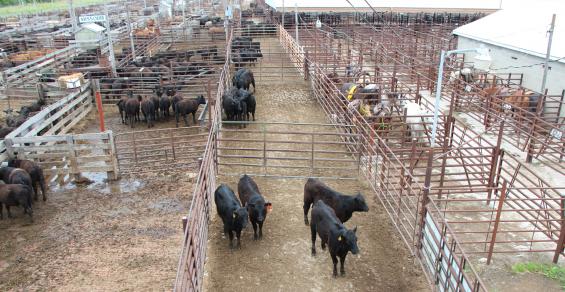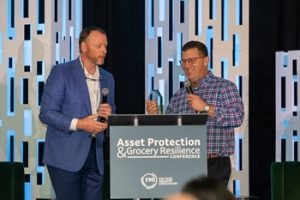Business Basics: Your dependence level on high-priced input costs will dictate how aggressively you cull cows.
Good attendance at livestock drought recovery meetings highlights the devasting impacts the intense heat and lack of rainfall are having on our rural communities. Cattlemen and women everywhere are searching for solutions to feed their herds, clinging to the livelihood they’ve spent a lifetime creating.
I helped teach at a number of these meetings across Missouri. It seems everywhere farmers are wondering if the current situation will be a repeat of 2012-14, when extended years of drought shrunk the beef cow herd so small that when the weather finally improved, cattle prices took off like a rocket to records never believed possible.
Could that happen again, they ask. And if so, how do they hold on in the meantime?
Profits possible
You don’t have to look very far on the internet to find plenty of articles discussing the massive amounts of beef cows going to slaughter this year. In addition, the percentage of heifers in the feedlot continues to run exceptionally high. This is partially due to the drought, but also because cow-calf profitability has not been good enough to encourage heifer retention for several years now.
So as producers continue to sell off the production factory, before long, we may indeed find ourselves with a national beef cow herd as low as it was in 2014, when the last cattle cycle ended and we began rebuilding the herd. Does this mean record prices and profits are just over the horizon?
First, always realize life has very few guarantees. While USDA forecasts are indicating higher cattle prices ahead, there are always risks. Global politics threaten exports, and a possible recession here at home may affect consumers’ buying power.
But even more important than these, realize higher prices do not always mean higher profits.
Focus on input costs
Throughout my career with MU Extension, I’ve been through multiple rounds of drought meetings. But I must tell you this time feels more complicated.
Drought usually causes the price of hay and some feed ingredients to rise. Sometimes the change is temporary; sometimes it lasts for extended periods of time. But as we search for creative feeding options in 2022, can we find any input that has not drastically increased in price since the beginning of the pandemic?
Replacing $100-per-bale hay with distillers isn’t as helpful as it once was now that they cost $325 per ton. Higher priced seed, fertilizer, diesel fuel and equipment costs make winter annuals or stockpiled forages more expensive than the past. Don’t get me started on land prices or the cost of labor.
Finding that creative feeding solution seems more challenging this year. But even more scary than that is what does this mean for next year’s cost of production? Does anyone believe our input costs will miraculously go back down to previous levels? Can someone look into their crystal ball and tell me how we solve our inflation problem?
Weigh options
This brings me back to my original question: Should I feed through the drought or sell cows now?
I believe every operation has individual cows or groups that, if removed from the feed bill, will improve the overall productivity of the herd. Use this time to get rid of lower producers.
A bonus this year compared to previous droughts is slaughter cow prices are much higher than normal. This allows us to generate more cash by culling. Preg-check, early wean, and sort into groups based on feed needs to improve feeding efficiency. Invest in infrastructure that makes you more efficient and lowers your cost of production.
But for how aggressive should you dig into selling productive cows, as much as I hate to use the traditional economist answer, the reality is, “It depends.” The answer will be different for every operation. In the absence of some unforeseen black swan affecting the market, lower cattle numbers will lead to higher prices in the future.
My fear is that for some operations those higher prices may not be enough to overcome the increased costs. The more dependent your operation is on lots of iron, diesel fuel, fertilizer and other inputs, I would recommend being more aggressive in culling now.
The less of those inputs your operation requires, I might be willing to spend a little more this winter to hold onto extra cows if I believe my margins are going to be highly profitable in the future.
But for everyone, use this time to get your house in order, and prepare yourself for how to deal with sustained higher costs in the future. That’s how we protect our legacy going forward.
Tucker is a University of Missouri Extension ag business specialist and succession planner. He can be reached at [email protected] or 417-326-4916.





